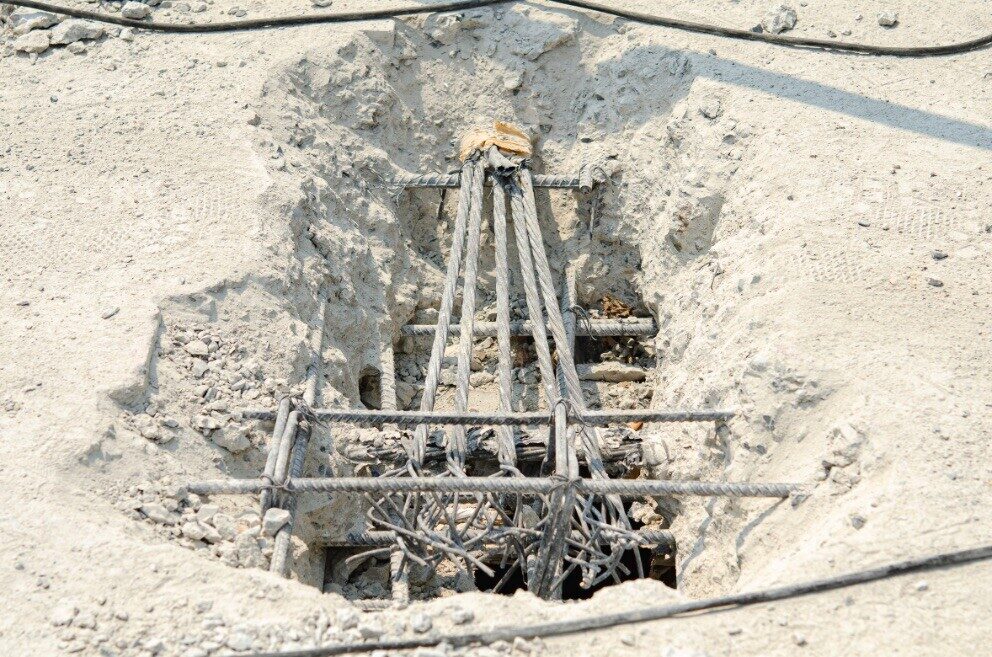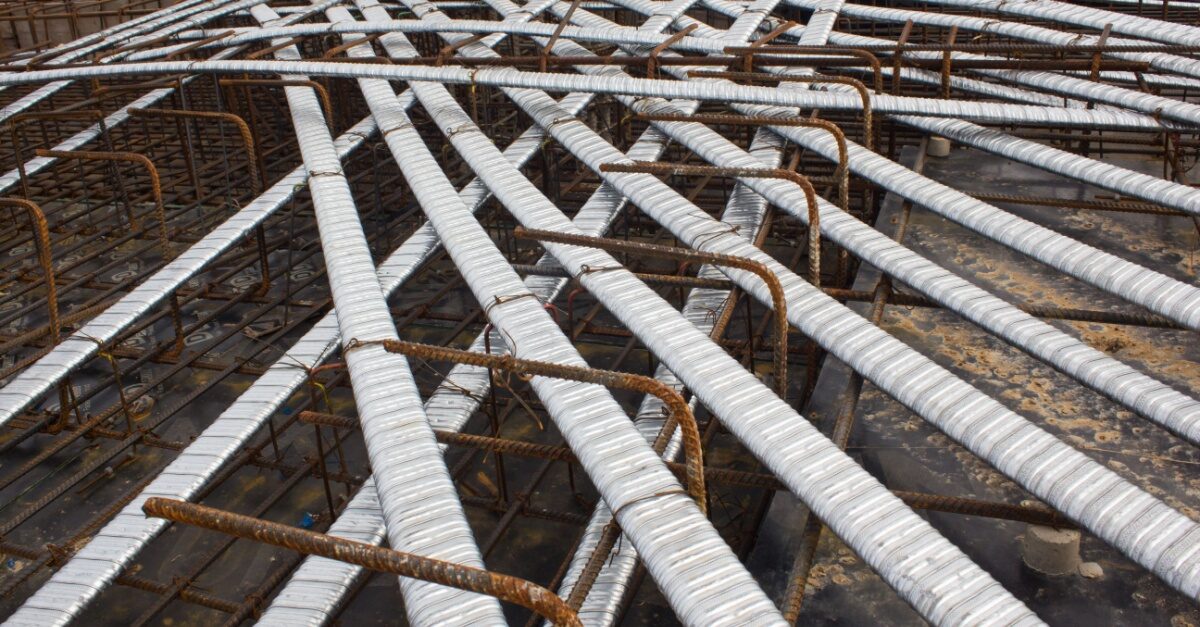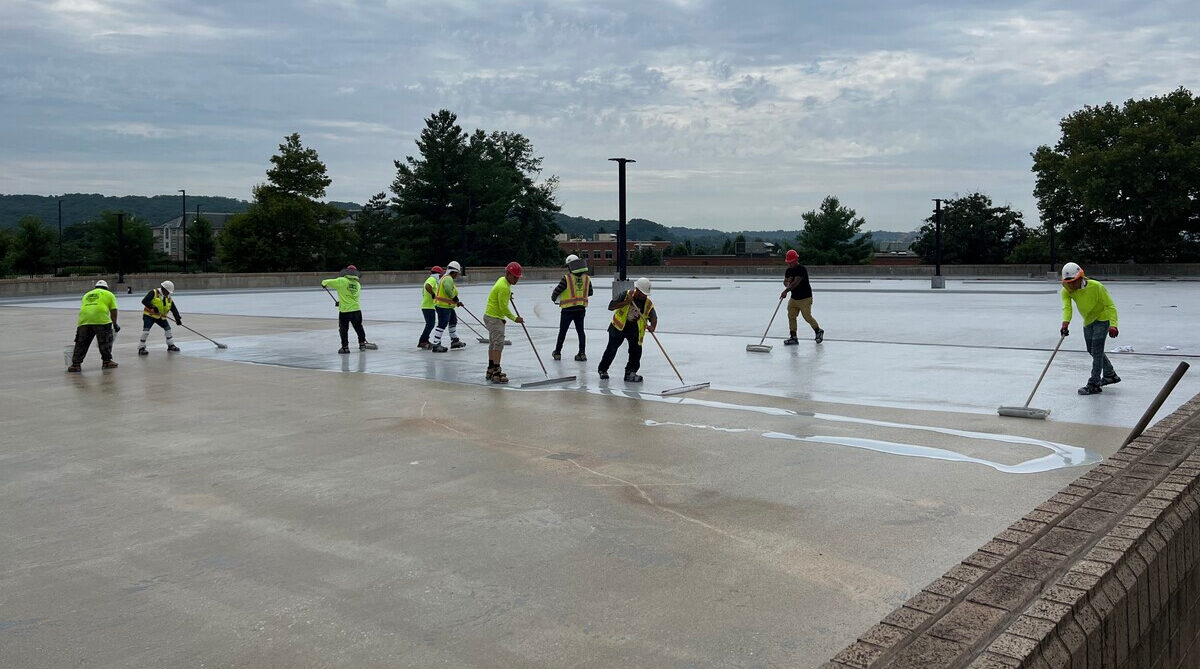
Proactive Maintenance: How to Plan Your Annual Building Maintenance Budget
Whether it’s unexpected repairs or a backlog of deferred maintenance quickly escalating to costly problems, forces are at work that will derail your annual building maintenance budget. One of the most effective strategies against these forces is budgeting for preventative maintenance.
Preventative maintenance addresses your building needs while they are small and manageable. This puts you in control of your budget dollars to effectively minimize disruptions and ensure compliance with safety regulations, all of which aid in budget adherence. This guide offers a step-by-step approach to creating an annual maintenance budget. It provides practical tips for prioritizing tasks and setting realistic goals, helping you stay within budget, save money, and ensure the safety and value of your properties.
Leverage Proactive Maintenance to Stay in Budget
Proper building maintenance is not just about fixing problems as they arise—it’s about preventing them before they start. When you plan accordingly and budget appropriately for your building’s needs, you are in the driver’s seat to get the most value out of your budget dollars.
Reducing Long-term Costs
With increasing costs, unlocking hidden value within your building maintenance budget is more imperative than ever. Proactive maintenance is a proven strategy that helps you preserve and protect your building to prevent costly repairs. For instance, performing window cleaning 2-4 times per year is a relatively small cost compared to other building maintenance services.
However, deferring window washing can lead to mineral deposits or grime etching into the glass. Additionally, accumulated dirt can damage window seals and frames, leading to leaks and potential structural issues. Factoring routine window washing into your budget is critical to prevent capital expense projects such as costly glass restoration or replacement services.
Improving Building Efficiency
To maximize building efficiency, implement proactive measures, such as inspecting and periodically replacing sealants at signs of deterioration or according to the manufacturer’s recommendations. When sealants begin to fail, they lose their efficacy, thus putting a greater strain on heating and cooling systems.
Effective waterproofing and exterior maintenance prevent water infiltration, which can lead to structural damage and energy loss. Addressing these aspects makes it easier to maintain a comfortable and efficient environment, reducing overall operational costs and enhancing the longevity of the building. An efficient building saves energy costs, freeing up resources that can be allocated to other essential maintenance tasks or improvements.
Ensuring Building Safety and OSHA Compliance
When you fail to take a proactive approach to building safety, you increase your risk of injuries, fines, or worse. Failure to provide adequate fall protection and other height-related citations dominate OSHA’s top ten most frequently cited items for building owners. The citations are far from a slap on the wrist, reaching tens to hundreds of thousands of dollars.
Many safety systems require periodic inspections and certifications to ensure they function correctly and meet evolving regulations. Delaying safety-related maintenance requirements is not worth it. If you delay beyond manufacturer or OSHA requirements, you knowingly expose yourself and others to risk, which could constitute willful negligence. Proactive maintenance ensures compliance with these regulations, reducing liability risks and potential fines.
Step-by-Step Guide to Creating an Annual Maintenance Budget
Creating a solid maintenance budget involves more than just crunching numbers. It requires identifying areas needing attention and their costs and then using this information to prioritize tasks. This builds a solid foundation to establish a regular maintenance schedule to prevent issues from escalating. Let’s explore each step to creating an annual maintenance budget in detail.
Assessment and Inventory of Your Building’s Needs
Kicking off your annual maintenance budget starts by taking a good, hard look at your building’s current state. It’s like giving it a health check-up! This process involves examining all building components and systems to identify existing issues or potential problem areas.
Create a comprehensive inventory list that includes all elements that require maintenance, such as the roof, HVAC systems, plumbing, electrical systems, and exterior facades. Additionally, note any items due for replacement, such as sealants, waterproofing membranes, windows, and other materials with a limited lifespan.
Prioritize Value-Added Building Maintenance Tasks
Once the inventory is complete, categorize maintenance tasks by urgency and importance. Focus on critical areas that impact safety and functionality. Address immediate safety concerns first, followed by tasks that could prevent significant damage or costly repairs in the future.
Estimate Costs and Obtain Quotes
Research the materials, labor, and service costs required for each maintenance task. It is essential to include potential emergency repairs and contingency funds in the budget. This ensures you are prepared for unexpected issues that may arise throughout the year. Consider obtaining quotes from multiple service providers to ensure you are getting the best value for your money. You can contact A1 here to get the process started.
Create a Maintenance Schedule
Develop a maintenance schedule that outlines regular inspections and preventative maintenance activities. This schedule should include timelines for recurring tasks, such as inspections to certify safety systems, and one-time tasks, such as roof replacement. A well-structured schedule helps ensure that maintenance tasks are completed on time and prevents the oversight of critical activities.
Allocate Resources
Determine the budget allocation for each maintenance task based on its priority and estimated cost. Ensure sufficient funds are allocated for high-priority items that impact safety and functionality. This allocation should be flexible enough to accommodate any adjustments throughout the year.
Review and Adjust
Review the maintenance budget regularly and adjust it based on actual expenses and feedback from past maintenance activities. This ongoing review process helps identify any discrepancies between estimated and actual costs and allows for timely budget adjustments.
Weather conditions, for instance, can affect budget allocation—less snow than forecasted means an opportunity to reallocate funds to other maintenance needs. Incorporating feedback from maintenance staff and service providers can also improve the accuracy and efficiency of future budgets.
By following these steps, building managers can create a robust maintenance budget that addresses both immediate and long-term needs.
Tips for Prioritizing Maintenance Tasks and Setting Realistic Goals
Effective maintenance planning involves setting clear priorities and achievable goals. This ensures that both urgent and long-term needs are met without overwhelming resources or inflating budgets.
Immediate vs. Long-term Needs
Balancing immediate needs with long-term goals is essential when prioritizing maintenance tasks. Address immediate safety concerns first, as these can have significant implications for the health and safety of building occupants. Once immediate needs are addressed, focus on long-term upgrades and improvements that enhance the overall functionality and efficiency of the building.
Balance Aesthetics and Functionality
You want your building to feel good and look good, too. Aesthetic improvements, such as repainting exterior walls or pressure washing the entry and sidewalks, can enhance the building’s overall appearance, increase its value, and enhance tenant satisfaction.
Set Achievable Goals
Break down large maintenance projects into manageable tasks with realistic timelines and milestones. This approach prevents overwhelming maintenance staff and ensures that each task is completed efficiently. Setting achievable goals also helps maintain motivation and accountability among the maintenance team.
Monitor and Document Progress
Keep detailed records of all maintenance activities, including completed tasks, associated costs, and any issues encountered. This documentation is invaluable for future budgeting and planning, providing a clear history of maintenance efforts and their outcomes. Regular monitoring and documentation also help identify recurring issues requiring more comprehensive solutions.
Property managers can ensure that maintenance activities are efficient and impactful by effectively prioritizing tasks and setting realistic goals.
Keep Your Budget On Track With Proactive Building Maintenance
Planning and prevention measures reduce the likelihood of these often avoidable and costly repairs. Proactive maintenance is vital for preserving a building’s integrity and value. By effectively planning your annual maintenance budget, you can reduce long-term costs, improve building efficiency, and ensure safety and compliance.
Partnering with experts like A1 can help you develop and execute a comprehensive maintenance strategy tailored to your building’s needs. Contact us today to learn more about how we can help you protect your investment and maintain your property in top condition.



